Chinese clothing is the epitome of Chinese civilization. Traditional clothing colors are influenced by the "Theory of the Five Elements" and are divided into five colors: green, red, black, white, and yellow. The different colors revered by different dynasties reflect the characteristics of their dynasties.

Court Ladies Adorning Their Hair With Flowers
In this article, the most representative six dynasties of ancient China are selected: Han, Tang, Song, Yuan, Ming, and Qing, and their popular colors are analyzed.
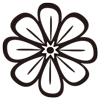
Chinese Colours in Han Dynasty
Characteristics: Simple and natural
Popular colors: Xuan (玄, smoky black), Chi (赤, upsdell red), White (白), Green (绿)
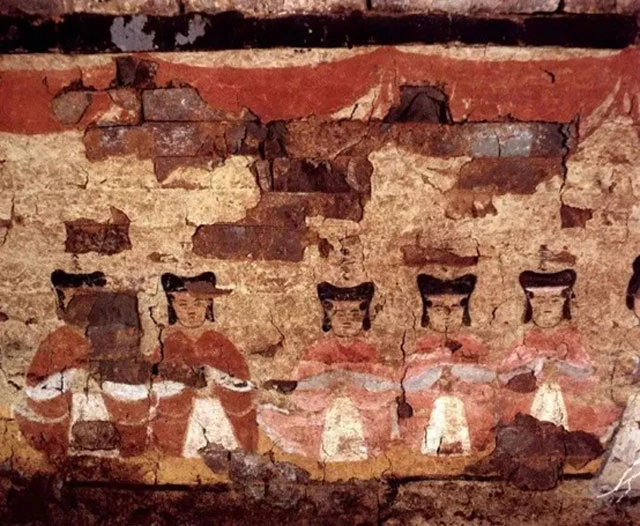
Eastern Han Dynasty Murals
In 206 B.C., the Han Dynasty was founded. Influenced by the Taoist art of Huanglao and Confucianism, Han Dynasty costumes pursued the essential beauty.
The color of Han Dynasty clothing was mainly monochromatic, and it was a respect for the dark and light colors, which made it look dignified, simple and natural.
Carried the idea of "ritual rule and Taoism", and fabric dyeing of Han Dynasty clothing followed the beliefs of the five elements of yin and yang, with dark colors representing dignity.
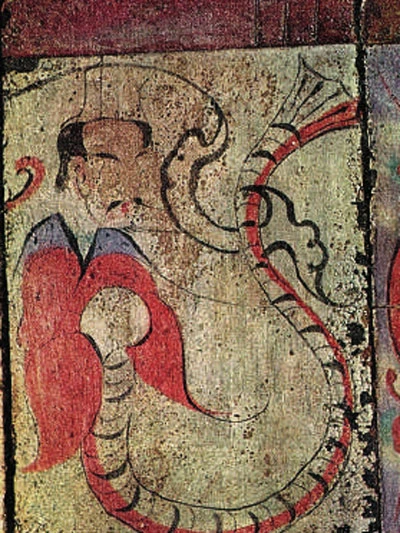
Fuxi-Mural
Color Xuan in Han Dynasty clothing
After the Han Dynasty destroyed the Qin Dynasty, water virtue was revered according to the doctrine of the five elements inter-regulating. The color corresponding to the water virtue was Xuan. In the early Han Dynasty, Xuan was the noblest color.
In the I Ching, the source of Chinese culture, the color Xuan was elevated to the status of "Tian" and was the master of all colors. In Taoist thought, this doctrine was further developed: the world originates from the Tao, which is manifested in the color Xuan-black, and therefore all the colors of the world grow out of Xuan-black.
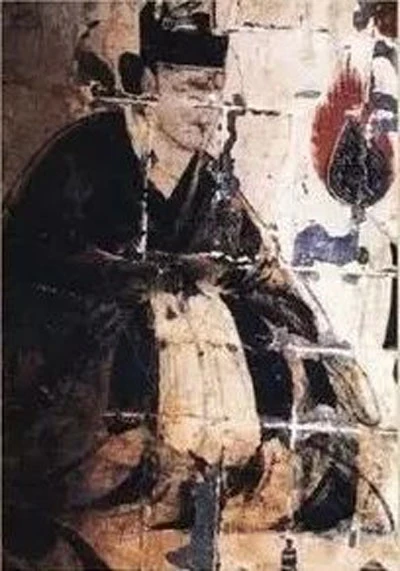
Eastern Han Dynasty Murals
Color Chi in Han Dynasty clothing
Since the time of Emperor Wu of the Han Dynasty, considering the five ancient emperors, the order of dynasties changed to the five elements inter-promoting, so water virtue was changed to fire virtue, and color Chi was the most honorable color.
Therefore, Chi became the most popular color in the Han Dynasty. As a result, the dresses of the Han Dynasty also showed the combination of Chi and Xuan.
Color Chi also embodied the Han people's desire to become immortal. The Han emperors were keen to seek immortality, and the most typical expression of this was to imitate immortals with their costumes.
The immortals' costumes, in both red and Chi colors, were used to show their awe-inspiring and inviolable aura. The nobles of the Han Dynasty liked to wear clothes in Chi color, trying to imitate the posture of immortals.
Color green in Han Dynasty clothing
Nearly half of the figures in Han Dynasty murals, both male and female, are dressed in green, reflecting the popularity of green in the Han Dynasty.
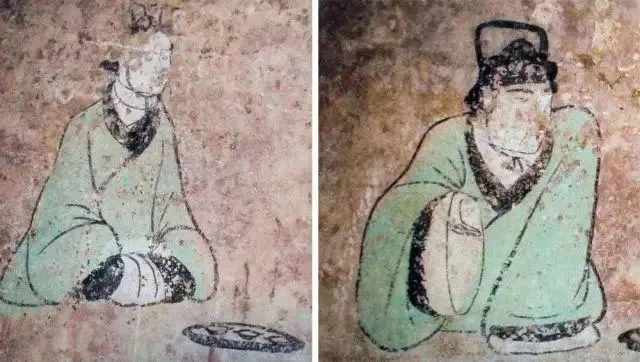
Han Dynasty Murals
During the Han Dynasty, green was second only to Chi and Xuan, and it was a color available to the common people, so it gradually became a popular color for Han Dynasty clothing.
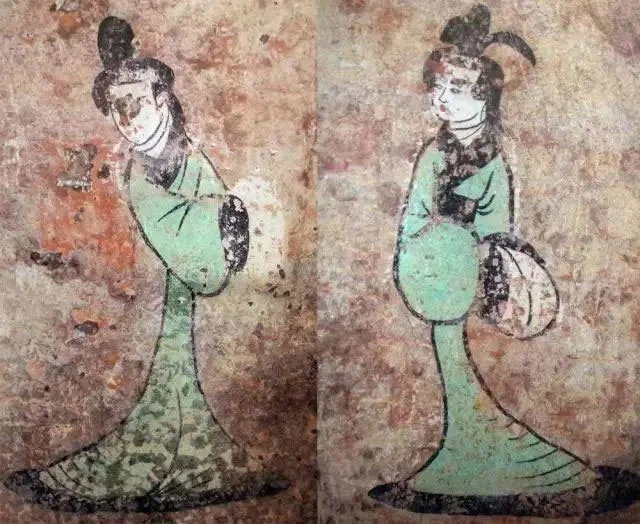
Han Dynasty Murals
In addition, green has a sense of visual calmness, which was in line with the ideology promoted during the Han Dynasty.
Color white in Han Dynasty clothing
During the Han Dynasty, white was a color that could be worn by commoners and was the most commonly used color in clothing. It is natural, undyed, and has the most extreme simplicity.
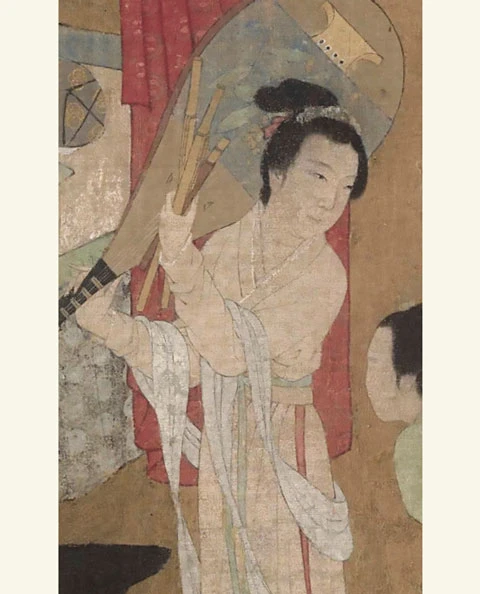
Han Xizai's "The Night Revels of Han Xizai" partial
As the most common color in the Han Dynasty, white is also the most representative of the common people's perception and understanding of life in the Han Dynasty. It not only presents the beauty of the color of Han Dynasty clothing, but also reveals the unique gentleness and generosity, tolerance, and atmosphere of the Han Dynasty people.

Chinese Colours in Tang Dynasty
Features: Gorgeous
Popular colors: Fei Hong (绯红, crimson), Jiang Zi (绛紫, puce red), Ming Huang (明黄, bright yellow), Qing Lü (青绿, lime green)
The Tang Dynasty clothing style was flamboyant and elegant, with bright and vivid colors, delicate and complex patterns, and a fondness for bright and contrasting colors, reflecting the inclusive and open characteristics of the Tang Dynasty.
Color red in Tang Dynasty clothing
If dynasties had colors, the Tang Dynasty must be a delicate color of floral red and willow green.
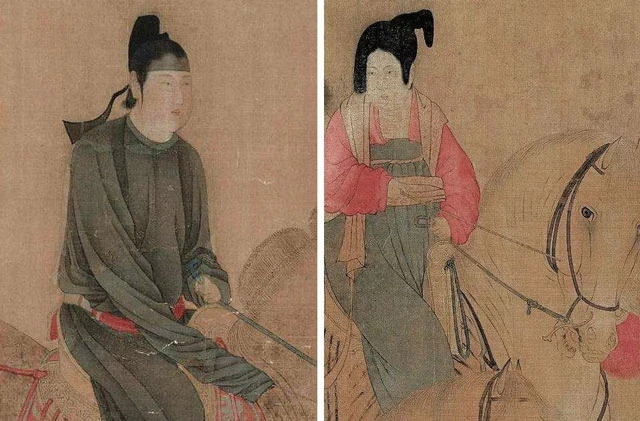
Lady Guoguo's Spring Outing - Zhang Xuan
Crimson was one of the most popular colors during the Tang Dynasty, and was often paired with a green interlude, creating a great contrast. As the dominant color in Tang clothing, a dazzling, warm color that reflected the prosperity of the Tang Dynasty and was unforgettable at first sight.
Color purple in Tang Dynasty clothing
Purple has long been a color reserved for nobility. It was a bright and colorful color that was pleasing to the eye, but at the same time noble, elegant and unconventional, and was loved by the noble women of the Tang Dynasty, and was often used in matching clothing.
During the Tang Dynasty, puce red was often used in combination with various colors. In Zhou Fang's "Court Ladies Adorning Their Hair With Flowers", the noblewoman is wearing a long red skirt with a puce red gauze blouse.
Color yellow in Tang Dynasty clothing
The brightest color in the color spectrum, yellow is bright and flamboyant and was popular for a while. Women's clothing with its main color, with big red, pink, white, dark green, blue and other colors as a blend, with beuty of rich and magnificent.
During the reign of Emperor Gaozong of the Tang Dynasty, yellow was considered a symbol of the emperor and was forbidden to be worn by officials and citizens, and ochre yellow was specified as the color for the emperor's regular clothes.
Color green in Tang Dynasty clothing
As a popular color in the Tang Dynasty, lime green was often paired with vermilion red, vermilion yellow and white, contrasting with each other. With its unique bright and fresh color expression, lime green shows the vitality of the Tang Dynasty.

Chinese Colours in Song Dynasty
Characteristics: Elegant and light
Popular colors: Dan Hong (淡红, light red), Zhu Bai (珠白, pearl white), Dan Lan (淡蓝, light blue), Qian Huang (浅黄, light yellow)
The color of Song Dynasty clothing is characterized by simplicity and elegance, emphasizing the original color. The colors are in the middle and high brightness, the purity is low, the application of contrast color is less, the color is not as vivid as previous dynasties, the color with very coordinated.
Color light red in Song Dynasty clothing
The Song dynasty emphasized the concept of "Making the Course of Nature Existent and the Desire of Human Extinct", suppressing human personality and the constraints on clothing colors to the extreme, too.
The color of Song Dynasty clothing was restrained and conservative, and the colors were light and quiet, even when the most colorful red was used, it was mostly light red.
Color pearl white in Song Dynasty clothing
The Song costumes were about reflecting the heart in the smallest details. Song people liked to pursue changes in the same color system, and favored the lightness of white. Emperor Renzong often wore white round-necked robe in the court. But not just white, but also special use of the color of silk thread, weaving different patterns, making white rich layers.
Color light blue in Song Dynasty clothing
Light blue was very popular in the Song Dynasty, and it is closest to the color of gentleman like jade, the kind of natural beauty that is pure and warm, idle and light, with an inherent richness and light. It celebrates the elegance of simplicity and follows the way of all things.
Color light yellow in Song Dynasty clothing
Emperor Taizu of Song planned the Chenqiao mutiny and was crowned in yellow robes, creating the Northern Song Dynasty. The "yellow robe" or "yellow clothes" is regarded as a symbol of the emperor's power, and ochre yellow and light yellow were specified as the emperor's special clothing colors.

Chinese Colours in Yuan Dynasty
Popular colors: Jin (金, gold), Mongolian blue (蒙古蓝), Hui He (灰褐, gray-brown), Cui Lü (翠绿, emerald green)
Color gold in Yuan Dynasty clothing
In the 13th century A.D., Genghis Khan led his army to expand his territory with a thunderous force. The Mongolian plateau gathered jewels from all directions, talents from all directions, and Mongolian costumes began a new era of luxury and richness.
The costumes were studded with precious stones, together with gold weaving technology, elegant and luxurious, bejeweled as the main characteristics of the Yuan Dynasty.
Yuan dynasty dignitaries loved gold brocade, clothing revered with gold, as a way to show wealth and status. In the north, it is cold and waterless, and the surrounding colors are monotonous. Only the golden color like the sun's rays brings a touch of vitality to the people living in the area.
Color blue in Yuan Dynasty clothing
In the Mongolian mind, blue symbolizes eternity, steadfastness, and loyalty. This is the reason why blue and white celadon porcelain flourished in the Yuan Dynasty.
In the original Mongolian beliefs, nature is worshipped and the blue sky is adored. They believe that blue represents natural scenery, mountains and rivers characters, symbolizing prosperity, beauty, and grandeur.
Dark blue is the main color of men's Mongolian robes. Light blue Mongolian robes will also be the first choice for women in summer.
Color gray-brown in Yuan Dynasty clothing
The Yuan Dynasty was a regime established by nomads, and more animal furs were used in the costumes, so the colors were more of a drab gray-brown system.
In addition, due to the strict requirements of the Yuan Dynasty dress color hierarchy, folk were forbidden to wear gaudy colors. Forced to no choice, folk dress color can only to the development of the gray-brown system.
Color green in Yuan Dynasty clothing
Green as the main color of the grassland, in the hearts of the Mongolian people, has a special status. Therefore, green often appears as the main color of Mongolian robes.
In a place where the seasons are distinct, seeing green is like seeing a rich grassland, giving people a sense of security, calmness, and comfort. A green environment means sufficient food and water, Mongolian people will always keep their love for green.

Chinese Colours in Ming Dynasty
Features: luxurious and dignified
Popular colors: Da Hong (大红色, dark red), Bao Lan (宝蓝, cobalt blue), Putao Zi (葡萄紫, grape purple), Cao Lü (草绿, grass green)
The Ming Dynasty costumes were inherited from the Zhou and Han Dynasties and retaining the characteristics of the Tang and Song Dynasties, and had distinctive Chinese cultural characteristics, had a wide and far-reaching influence on the costumes and aesthetics of later generations and neighboring countries.
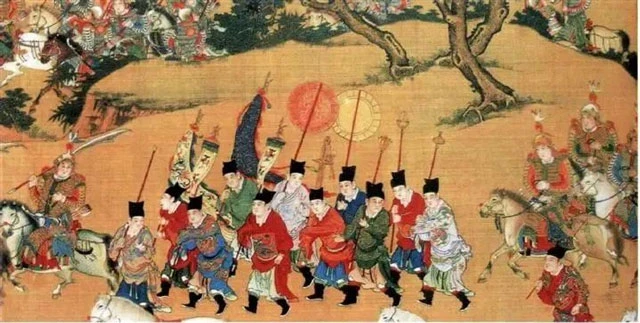
Departure Herald
The overall characteristics of Ming Dynasty costumes are: attention to color matching, with noble and dignified style, and a strong sense of color layers.
Color red in Ming Dynasty clothing
Red had a high status in the Ming Dynasty and was widely used among the imperial nobility, signifying the supremacy of the feudal ruling class.
The Ming imperial aristocracy wore bright and flamboyant colors, with high saturation colors such as big red, gold, and yellow. Since the Ming Dynasty, red, as a symbol of warmth, nobility, and festivity, is also known as Chinese red and has truly penetrated into the veins of Chinese culture.
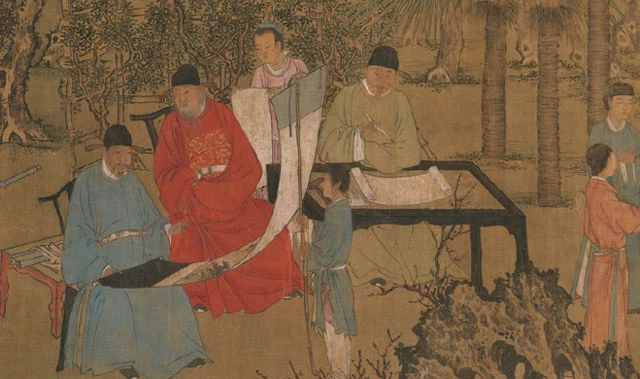
Elegant Gathering in the Apricot Garden
Color blue in Ming Dynasty clothing
In the middle and late Ming Dynasty, the power of the ruling class was constantly weakened, people's minds were gradually liberated, dyeing techniques and dyes were developed as never before, and clothing colors became more brilliant and bright. The use of high purity bright colors began to appear continuously among the folk, with high saturation blue being particularly popular.
In the work "Nan Du Fan Hui Tu Juan" by the Ming Dynasty painter Chou Ying, large red and ruby blue are most prominent, and the two complement each other. This painting also reflects the diversity of colors in clothing in the mid to late Ming Dynasty.
Color purple in Ming Dynasty clothing
The colors of folk costumes were mainly plain and elegant, and commoners often used colors such as purple, green and light peach. Purple is the combination of the coolest and warmest tones in various colors, which has a neutralizing effect in clothing, so purple was often used as the main color in civilian clothing, with grape purple being the most popular.
In the painting "Qian Qiu Jue Yan Tu", the depiction of women's clothing boldly uses colors such as grape violet and lake green. The strong color contrast highlights the strong "female consciousness" and the desire to break away from tradition and express oneself.
Color green in Ming Dynasty clothing
With the development of spinning and dyeing technology, the green color in Ming Dynasty clothing was more saturated and brighter, looking fresh and bright.
In the Ming Dynasty, the dignitaries also preferred to use cyan, green and red, with black and gold as the main secondary colors. Highly saturated green, the popular color of the Ming Dynasty, also best reflected the working people's love for life and tenacity during this period.

Chinese Colours in Qing Dynasty
Popular colors: Xing Huang (杏黄, Apricot yellow), Zhu Hong (朱红, vermilion red), Tian Qing (天青, celadon green, Cang Lan (苍蓝, pale blue)
The Qing Dynasty was the most changed era in the history of China's clothing. The Qing dynasty costumes retained the traditional costume elements of the ethnic group, and absorbed the Han costume elements, forming a unique costume culture of the Qing dynasty.
Color yellow in Qing Dynasty clothing
The Qing Dynasty regarded yellow as the color of sunshine, both brilliant and warm, and also considered yellow as the color of gold, both rare and precious.
In addition to the bright yellow for the emperor and the empress, the use of other yellow in the Qing Dynasty clothing is more common. Different shades of yellow, dignified, delicate, or noble, are the warmest and brightest splashes of color in Qing Dynasty clothing.
Color red in Qing Dynasty clothing
In the Qing Dynasty, from the royalty to the common people, red and blue were the most popular dresses. Red was the exclusive color of the emperor and empress, while other reds were more commonly used in costumes.
In the dress culture of the Qing Dynasty, red represented the meaning of celebration, solemnity, good luck, and happiness, and was also a symbol of identity.
In the Qing Dynasty, young women's clothing color is mostly peach, silver red, and older women like to wear vermilion red, and dark red.
Color cyan in Qing Dynasty clothing
Cyan is one of the important colors of Qing Dynasty costumes, it is a color between blue and green, with crisp and eloquent characteristics. The color of civilian women's dresses, with cyan as a common color, varied in hue depending on age and occasion.
Cyan symbolizes solemnity, strength, and hope. Traditional cyan has a unique artistic flavor, and was widely used in Qing Dynasty dresses.
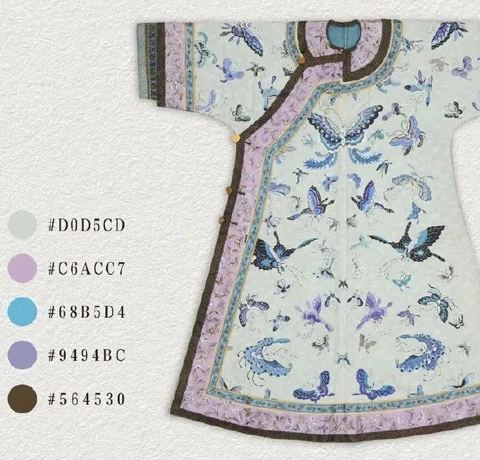
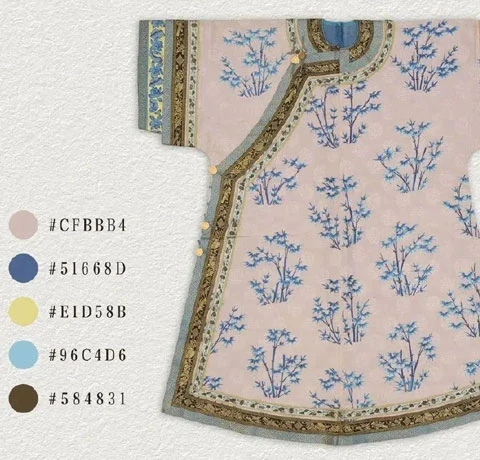

The beauty of each dynasty's costumes, natural, gorgeous, or elegant, has its own charm. Costume culture is like a rhythmic life, and by understanding its beating, we can grasp the pulse of the times.
The colors of the Chinese nation's costumes, like the Chinese language and Chinese characters, have always flowed into the bloodline of the Chinese people and become part of the cultural genes of the Chinese nation.
More about the traditional costumes of the various ancient Chinese dynasties:
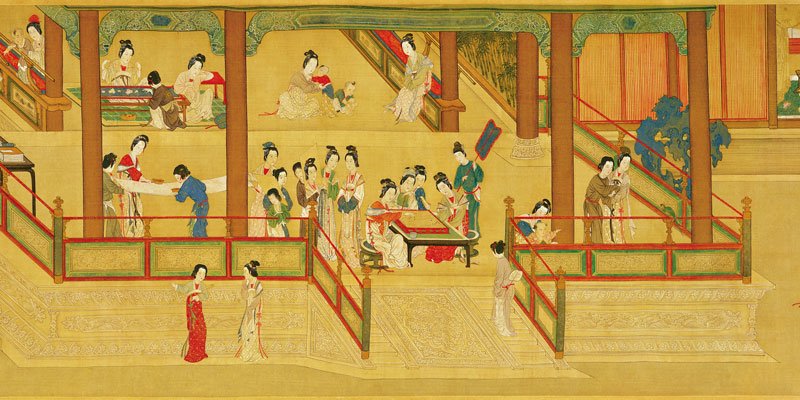
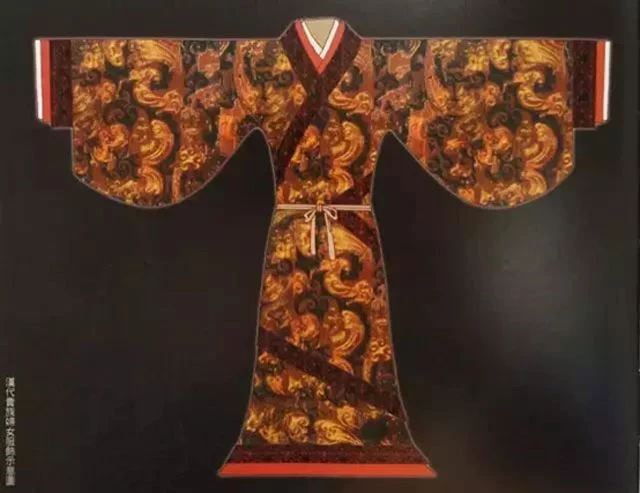
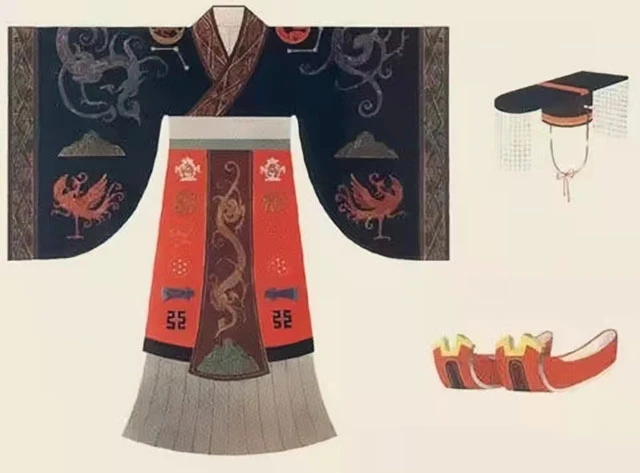
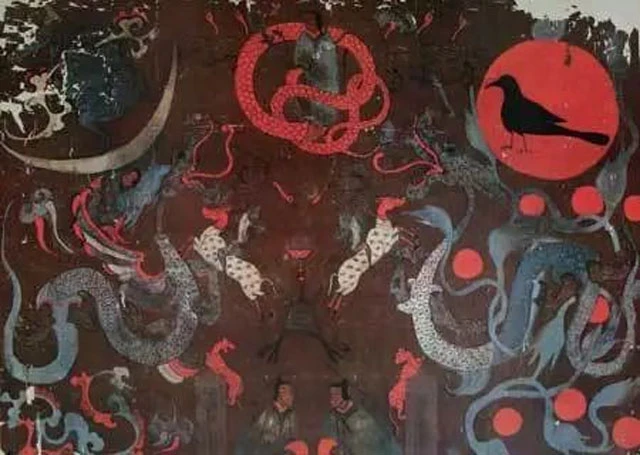
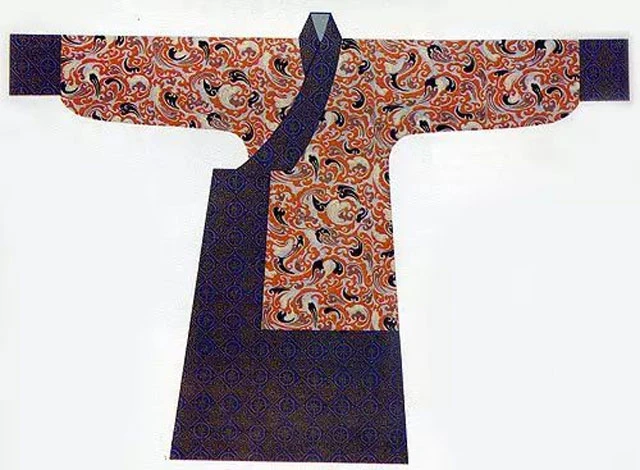
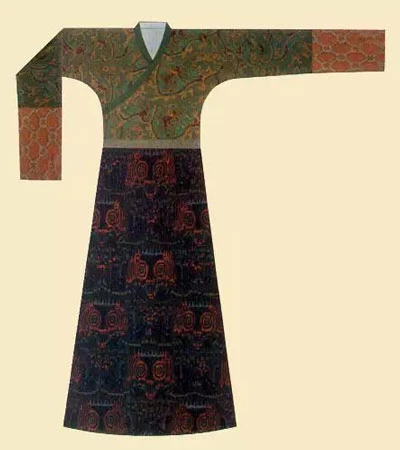
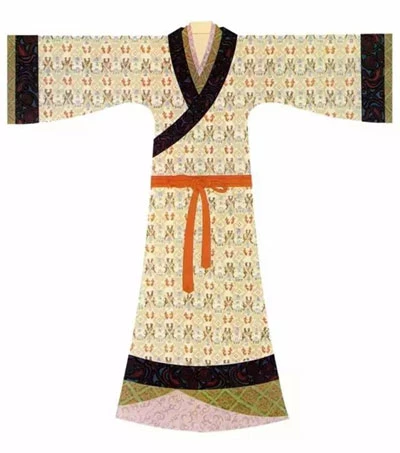
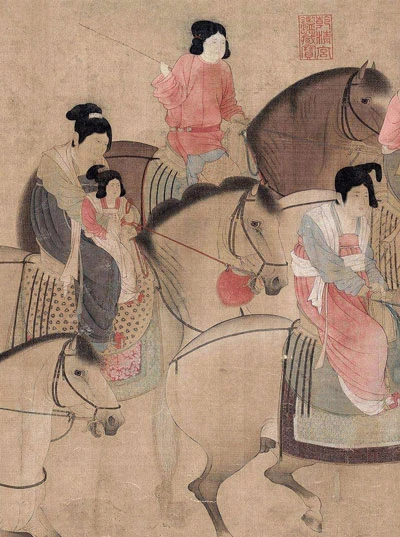
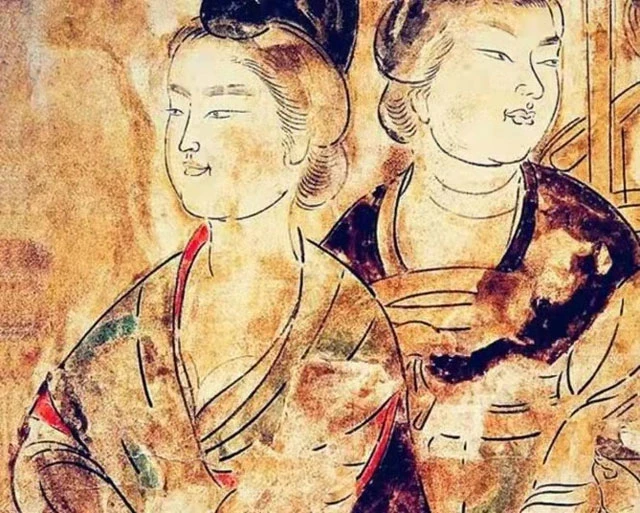
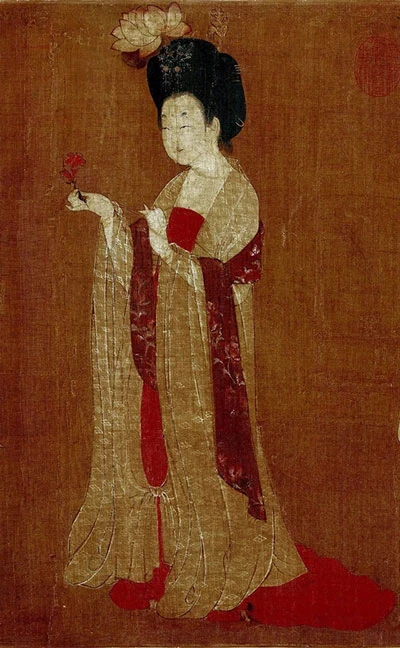
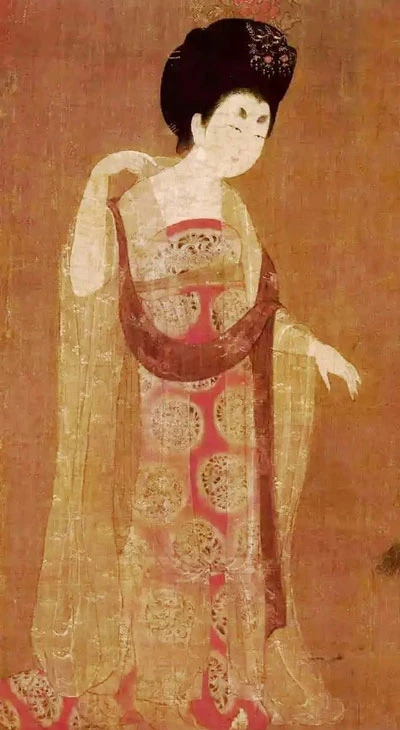
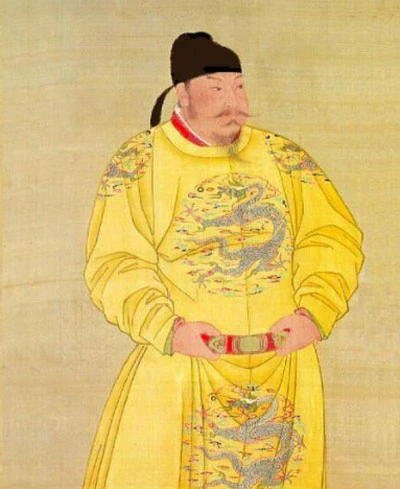
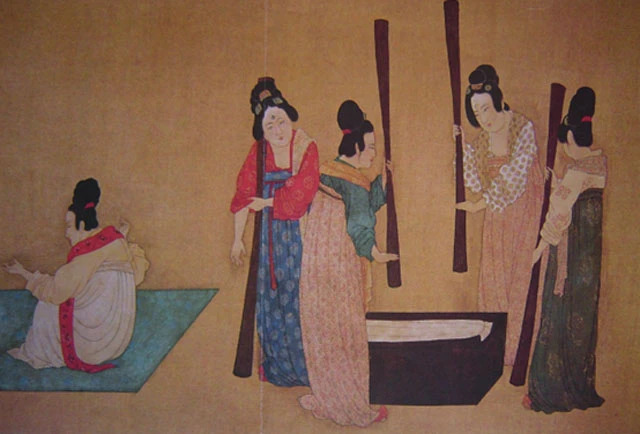
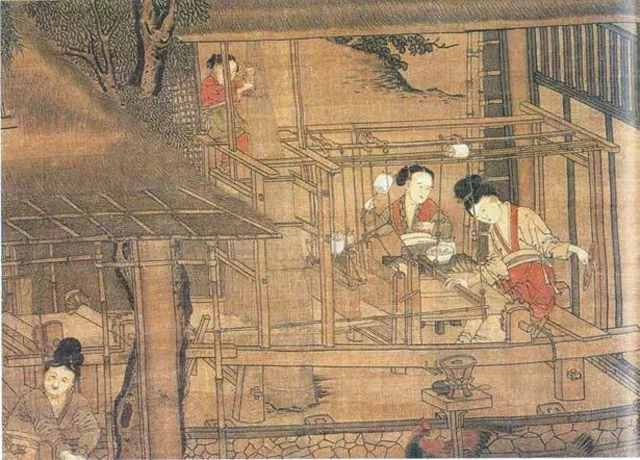
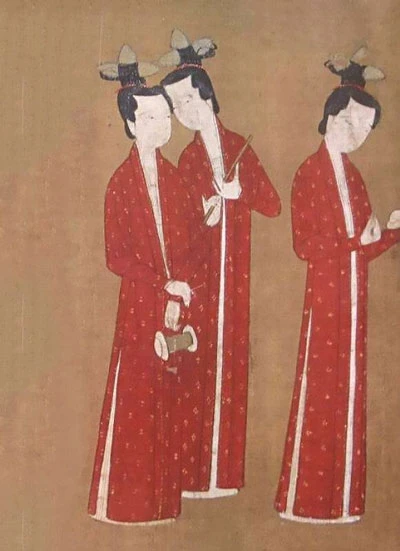
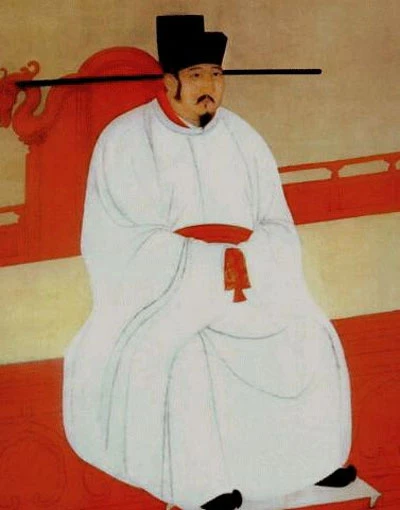
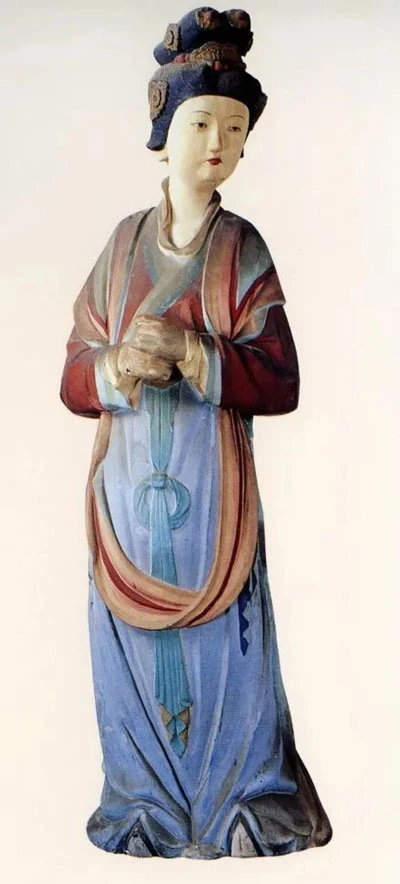
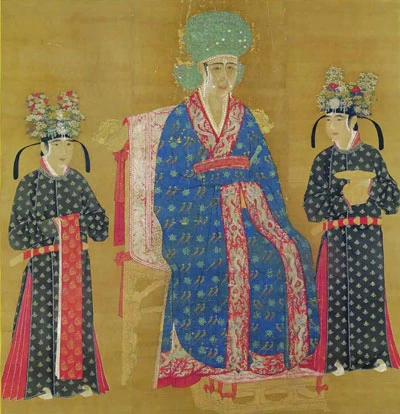
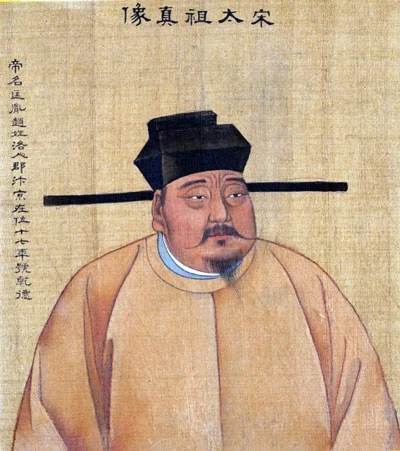
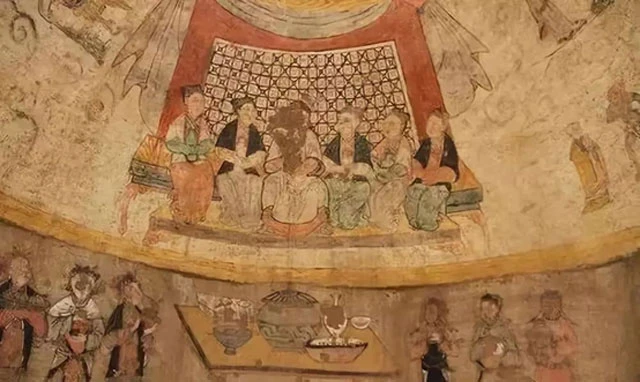
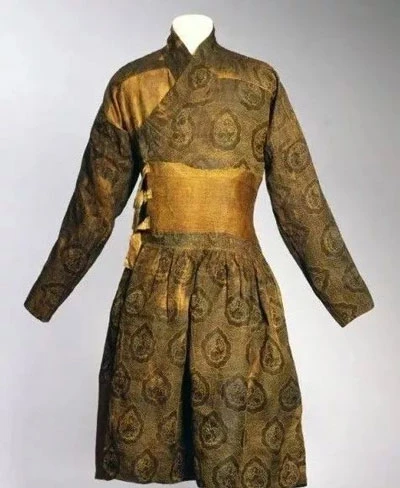
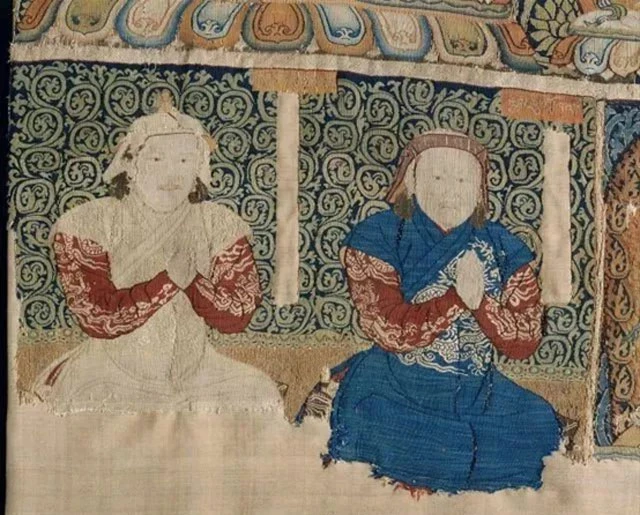
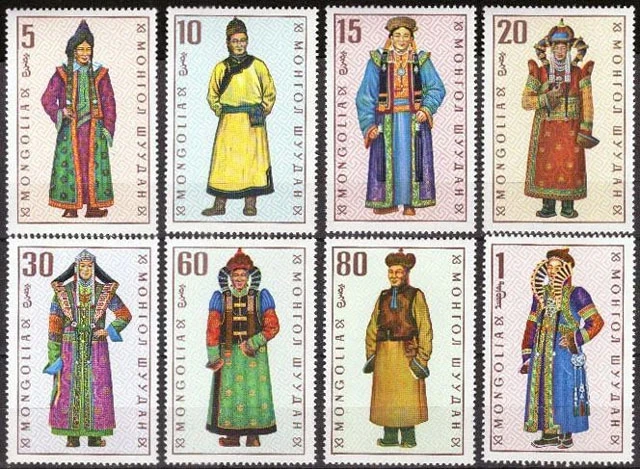
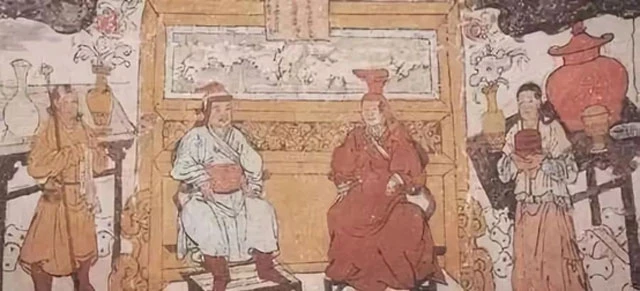
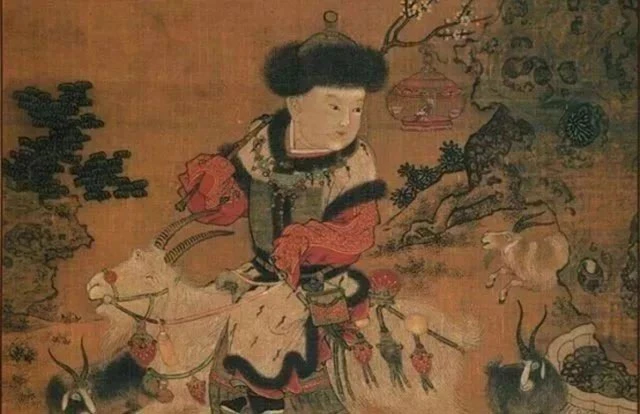
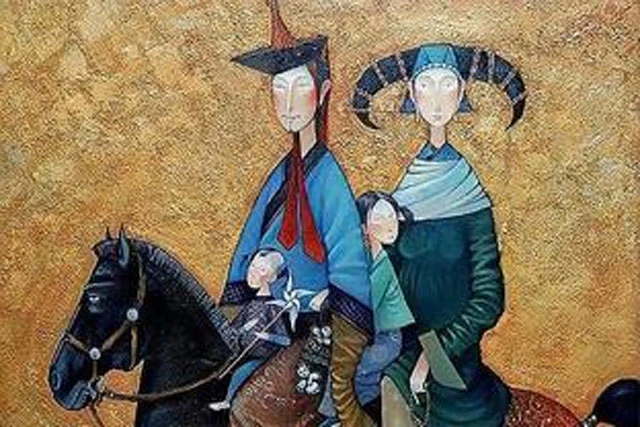
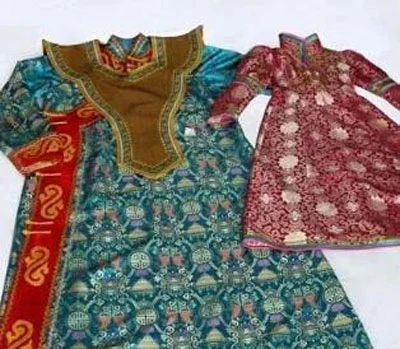
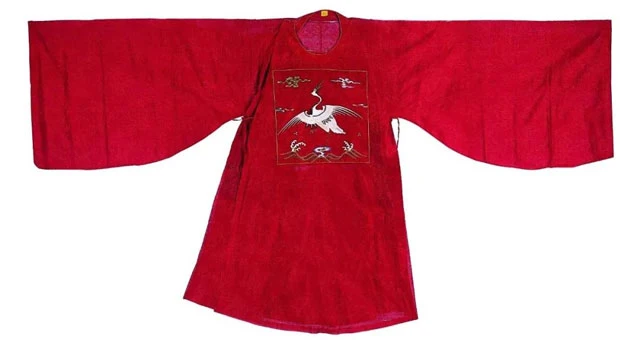
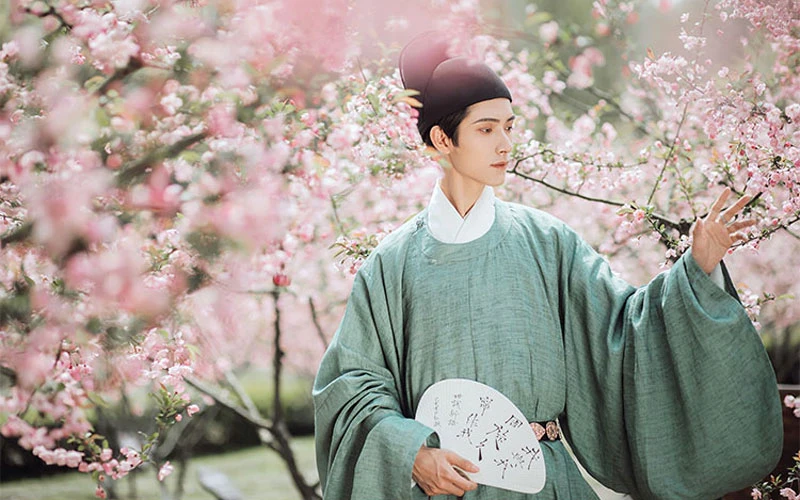
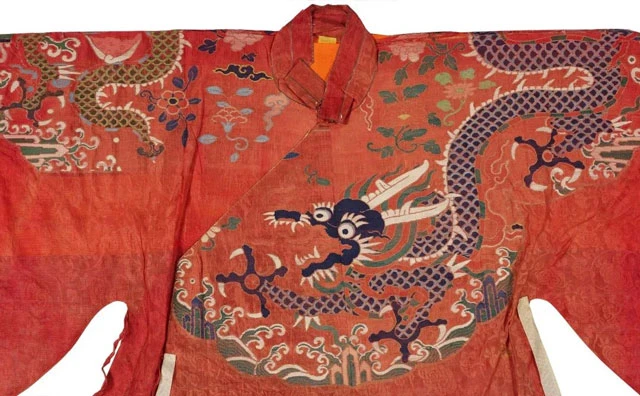
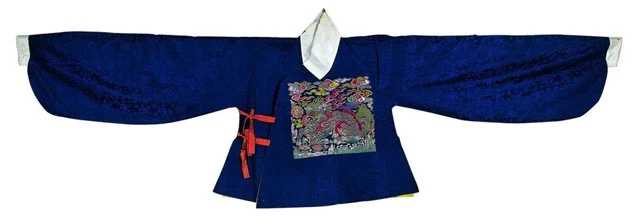
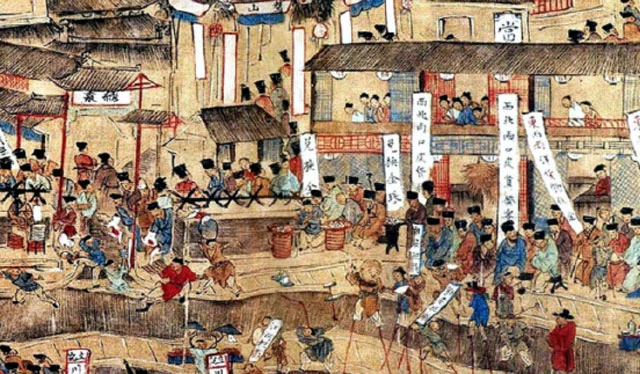
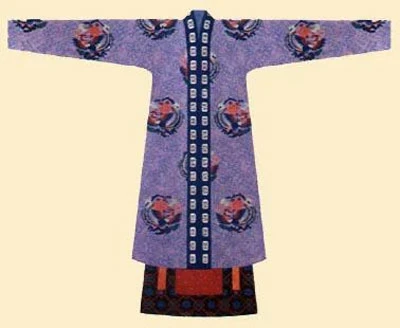
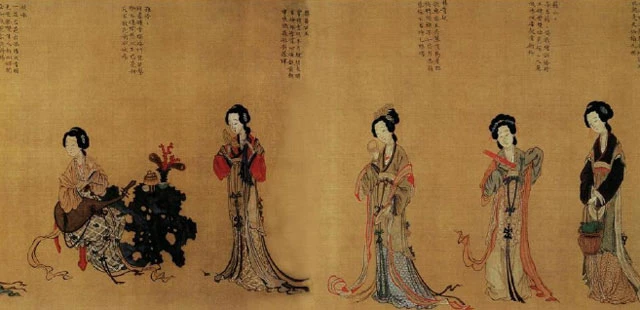
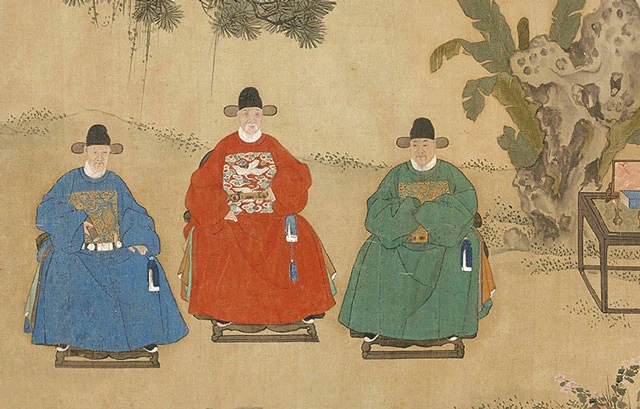
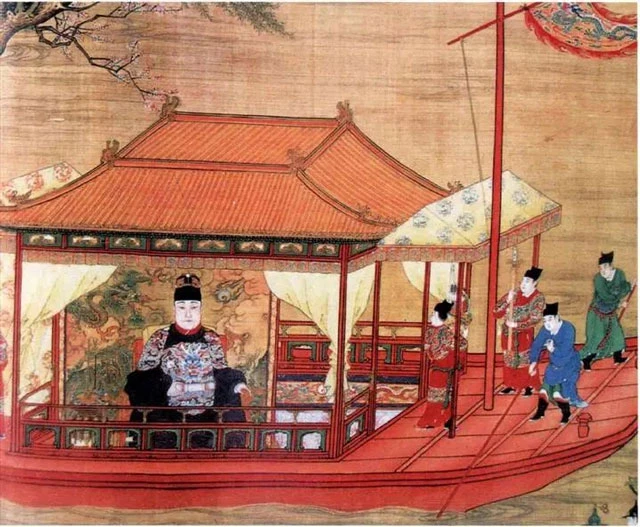
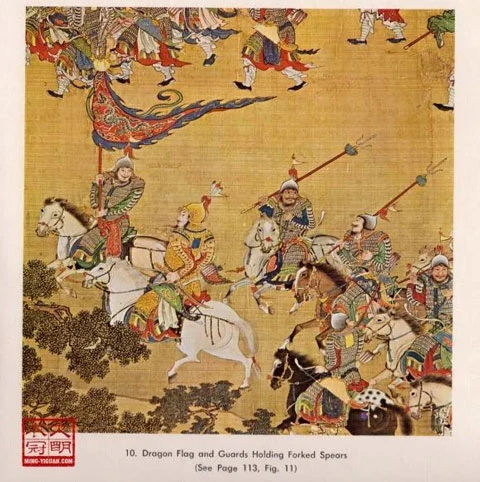
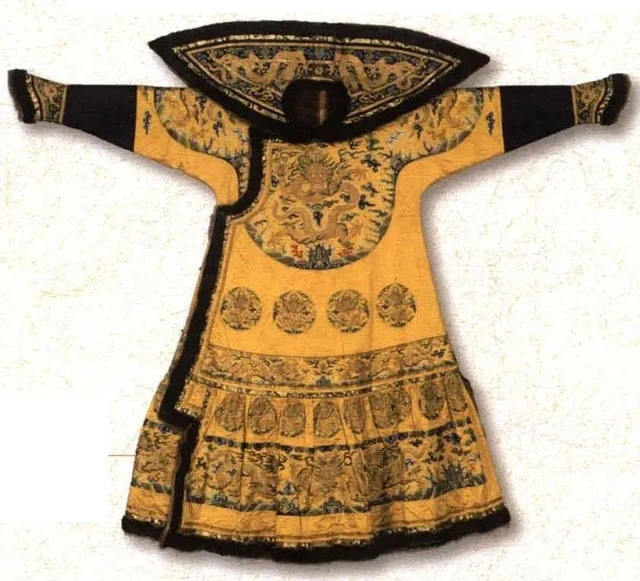
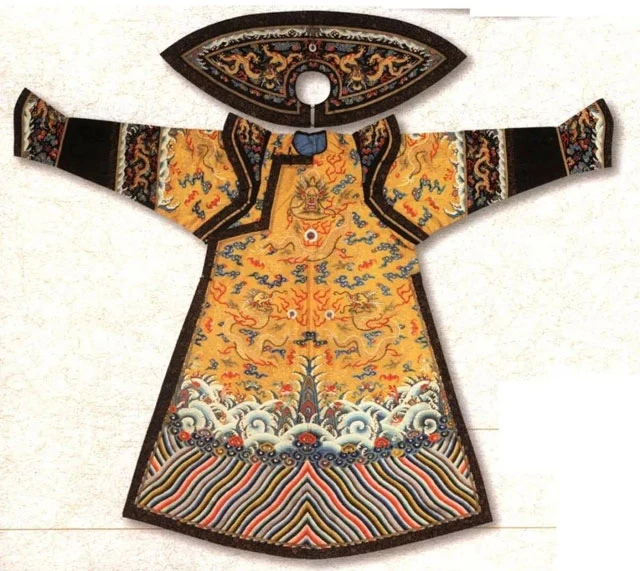
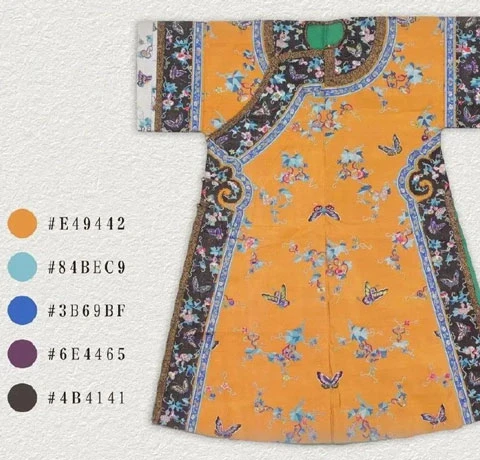
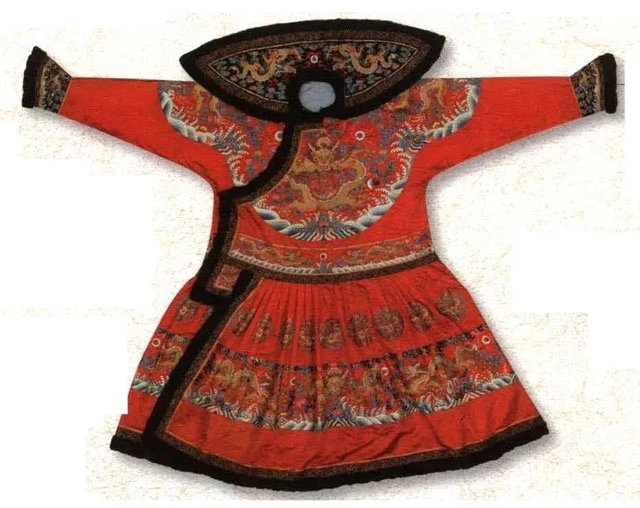
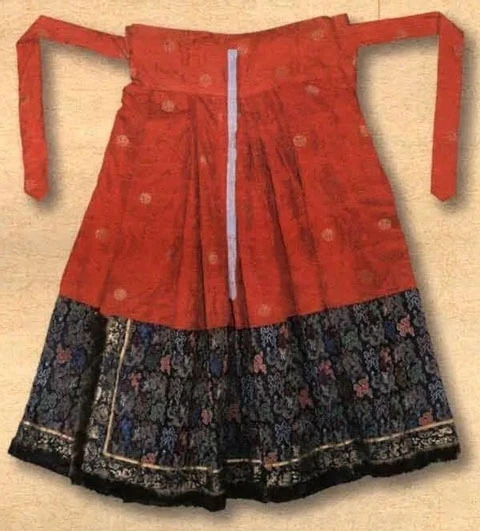
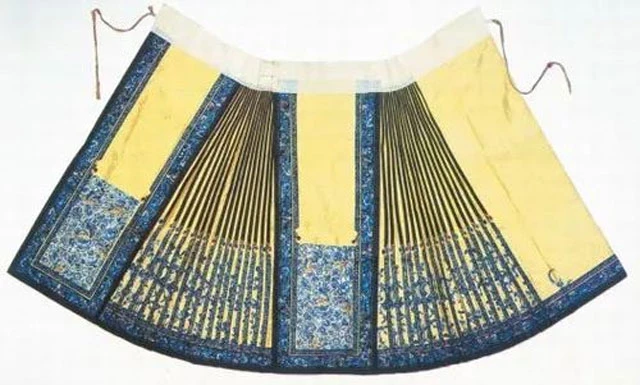
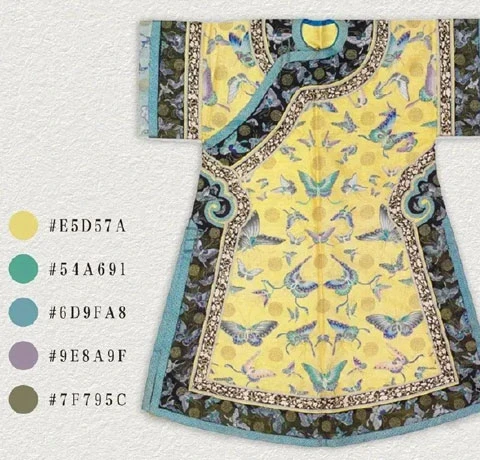
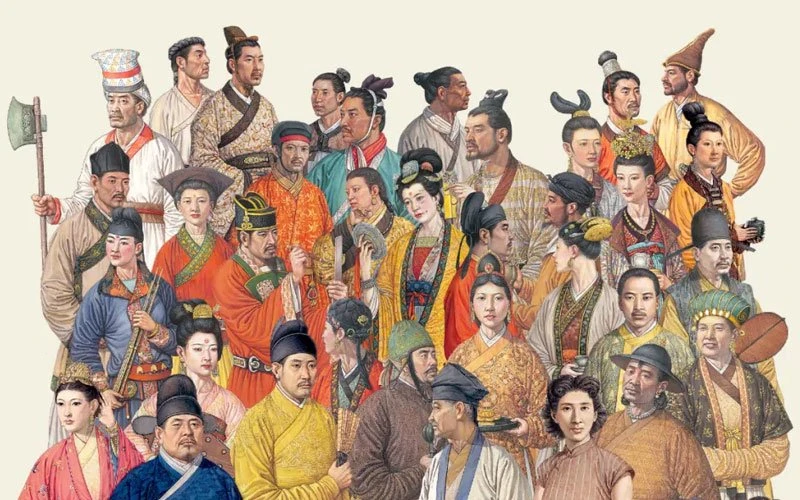

This is so interesting! It's easy to find articles about colour symbolism in Ancient China, but not so easy to find articles that go into such depth about the differences between dynasties and even early-late dynasty differences!
great article! thanks
Thank you for this!!
Amazing!!!🥰🥰
Wow bukan sekadar baju, tapi ada makna dibalik itu